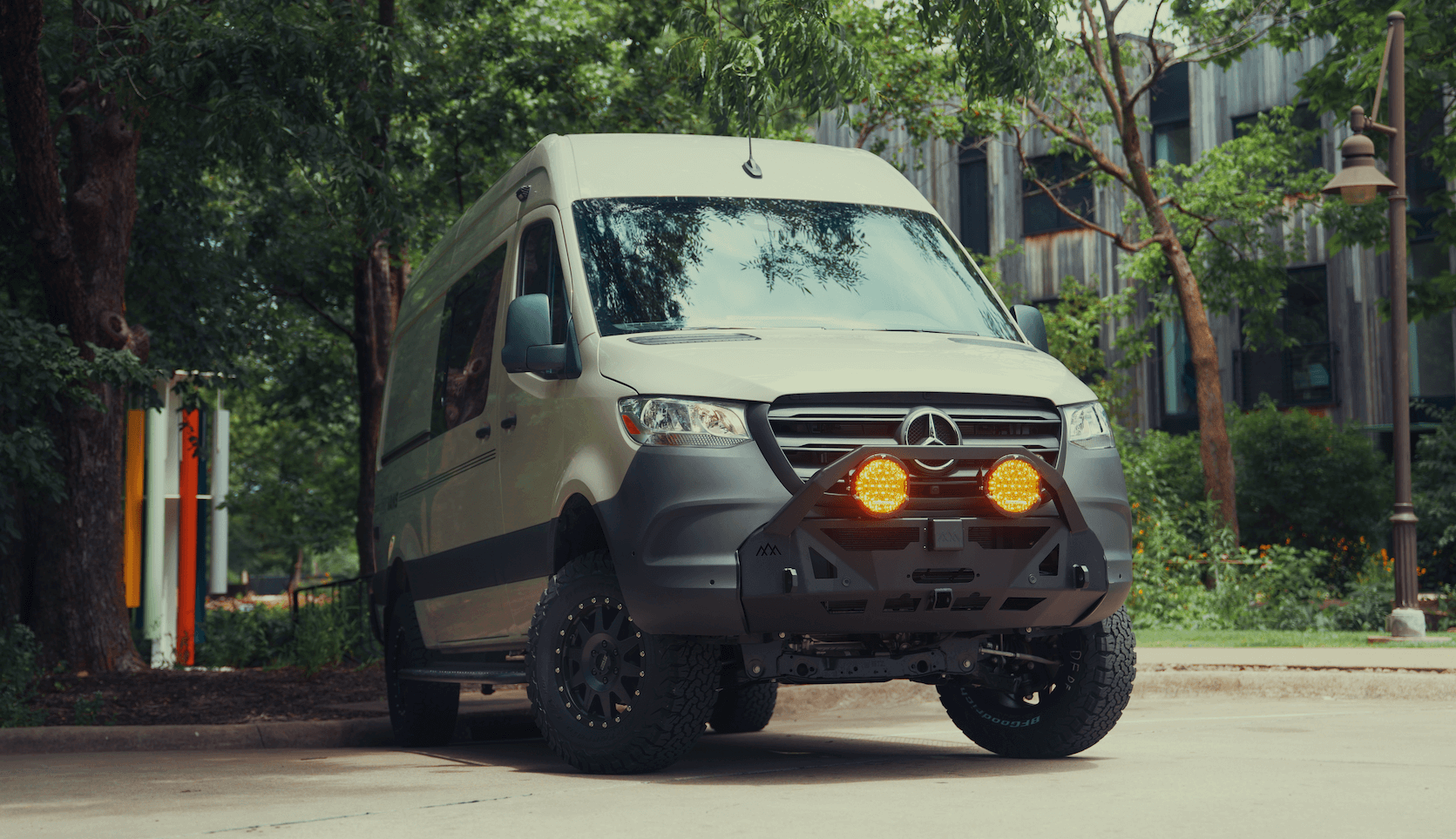Recreational Vans

A battery isolator is the traffic cop of a dual battery system. It allows the alternator to feed both the starter battery and a separate house battery while preventing cabin loads from draining the starter. When the engine runs, current flows to charge both banks; when the engine is off, the banks are separated so lights, a fridge, or an inverter cannot strand you. This simple function is the backbone of dependable off grid power in vans, overland trucks, and towables.
Alternators regulate output around a target voltage window typically 13.8 to 14.6 volts. With an isolator in place, the starter side sees priority so the engine battery recovers first. The house side then receives charge based on alternator capacity, wiring, and isolator type. Voltage drop across long cables can slow charging, so appropriate cable gauge and short runs matter. The result is consistent energy to your house bank while preserving cranking reliability.
Several devices accomplish isolation and charging, each with trade offs:
Solenoid and VSR solutions are cost effective and efficient for AGM or flooded batteries when wire runs are short and loads are moderate. Diodes are robust with no moving parts but require careful selection to mitigate voltage drop. DC to DC chargers excel with lithium iron phosphate packs since they provide the correct absorption and float stages and can boost or limit current to protect the alternator. If the vehicle has a smart alternator that lowers voltage at cruise, a DC to DC unit ensures steady charging regardless of alternator behavior.
Choosing a battery isolator starts with your battery chemistry, alternator output, and daily energy budget. AGM batteries tolerate simple combining devices if cable size is adequate and trips are long enough to recover depth of discharge. Lithium requires consistent voltage and current limits to avoid undercharging or stressing the alternator, making DC to DC the typical choice. If you run high demand accessories like induction cooking or air conditioning, expect a larger house bank and a higher current charging device paired with solar.
AGM prefers absorption around 14.4 volts and a float stage near 13.5 volts, which many alternators approximate well during normal driving. Lithium wants a stable constant current followed by constant voltage without extended float, something DC to DC hardware delivers reliably. Mismatched profiles lead to slow charging, reduced capacity, or shorter battery life. Aligning chemistry and charge control pays dividends in performance and longevity.
Size the isolator or DC to DC charger to roughly 20 to 40 percent of your house bank capacity in amp hours as a starting heuristic while respecting alternator limits. Use appropriately sized copper cable to keep voltage drop under three percent on critical runs. Install fuses or breakers within seven inches of each battery positive connection and route cables away from heat and abrasion. Quality lugs, proper crimping, and strain relief prevent intermittent faults that are hard to diagnose on the trail.
Placement matters. Mount the isolator or charger close to the house battery to shorten the high current path, and ensure adequate ventilation for devices that dissipate heat during bulk charging. Bond all grounds to a solid chassis point or run a dedicated negative cable back to the battery to avoid ground loops. After installation, verify resting voltages, start the engine, and measure charging voltage at both batteries under load. Confirm the device opens when the engine stops and that parasitic draw remains within spec.
If the house battery never reaches absorption voltage, check for undersized cables or long runs causing drop. If a VSR chatters on and off, inspect grounds or consider a model with a wider hysteresis window. For lithium systems that do not wake when empty, look for a low voltage lockout and consider a charger with a wake function. Noise on radio circuits often traces to poor routing or shared grounds; separate the charging path from sensitive electronics.
Getting the battery isolator right is less about any single component and more about system balance. The alternator, wiring, fusing, charge device, and battery chemistry must work together for quick recovery and long battery life. For many modern vans, a DC to DC charger paired with a lithium bank offers predictable charging across city traffic and mountain highways. Simpler AGM builds may do well with a VSR when trips are longer and cabling is stout. If you want a build that just works, professional design and commissioning save guesswork and protect your investment.
OZK Customs designs and installs complete dual battery systems, from tidy VSR layouts to lithium ready DC to DC architectures that integrate solar, inverters, and shore power. Our team in Fayetteville Arkansas tests under real loads and hands off every rig with a clear walkthrough. Explore our van platforms at recreational vans, see how we tailor a build at custom build van, or review finance friendly options at mainstream vans.
Strong power systems are part of the OZK experience. If you want confidence every time you turn the key, we can engineer the battery isolator and charging solution that fits how you travel, what you power, and where you roam.
Tell us about your batteries, alternator, and daily loads, and we will map your charging plan and install a proven battery isolator or DC to DC system that keeps you moving without surprises.
Ready for dependable power on the road? Tell us about your travel style and battery setup. OZK Customs will design and install a proven charging system that protects your starter battery, charges fast, and fits your rig. Start your custom power plan today.
ADDRESS:
6159 E Huntsville Rd, Fayetteville, AR 72701
PHONE:
(479) 326-9200
EMAIL:
info@ozkvans.com